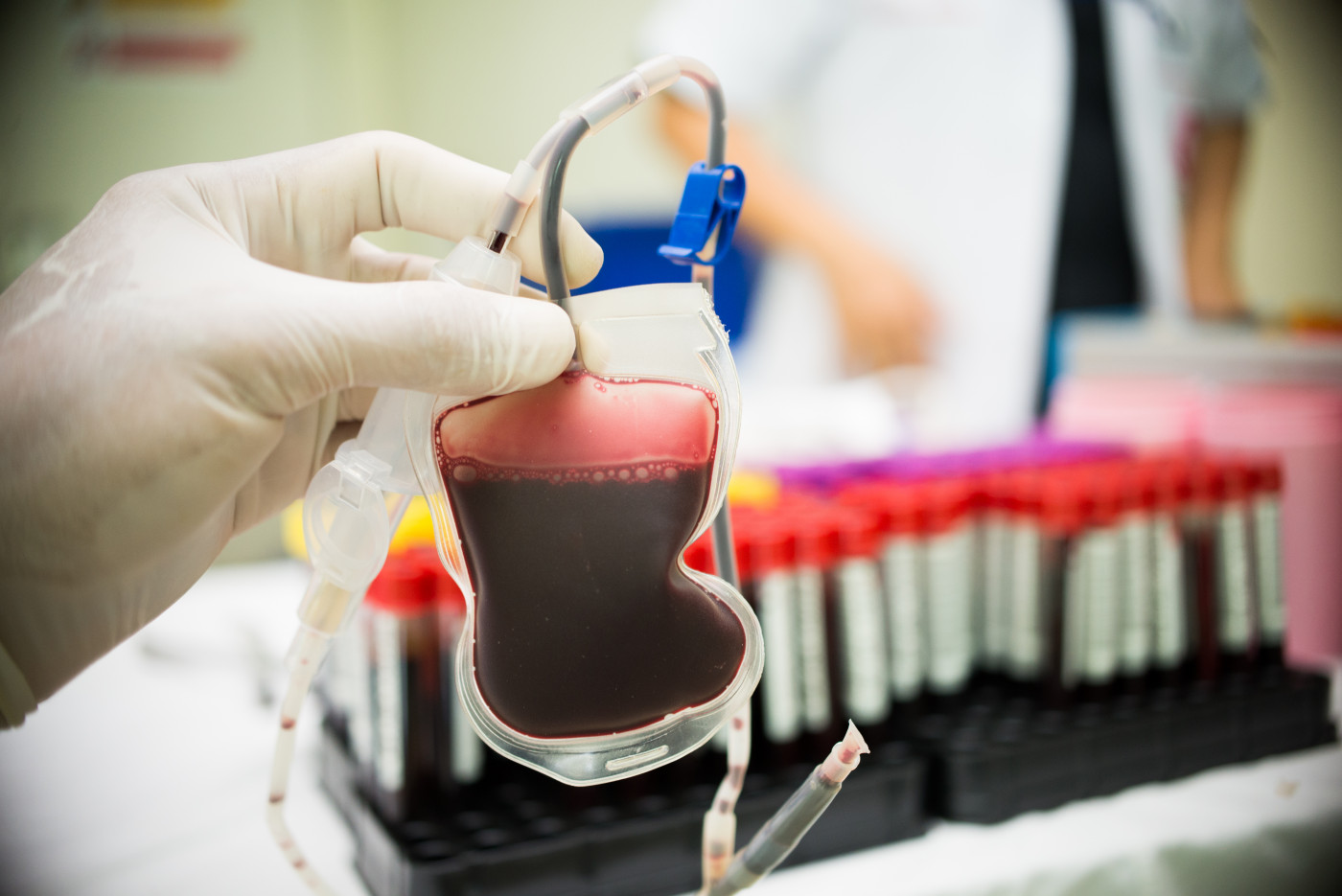Delayed Hemolytic Transfusion Reaction Can Lead to Poor Outcome in SCD

Hemolytic transfusion reactions, a serious complication of red blood cell transfusion, can be difficult to diagnose in patients with sickle cell disease and even be misinterpreted as severe vaso-occlusive crisis.
A report published in the journal Transfusion highlights the importance of accurate and prompt diagnosis of such complications in the sickle cell disease population in order to avoid misguided therapy and worse outcomes.
The case was reported by researchers at Emory University School of Medicine in a study titled “Multiple hemolytic transfusion reactions misinterpreted as severe vaso‐occlusive crisis in a patient with sickle cell disease.”
It is common for patients with sickle cell disease to receive long-term red blood cell transfusions to help manage their disease. However, these patients have an increased risk of developing antibodies that can recognize and destroy the transfused cells.
About 10% of patients with sickle cell disease are estimated to experience delayed hemolytic transfusion reactions (DHTR) within three weeks after a transfusion.
This complication shares several features of vaso-occlusive crisis, a common complication of sickle cell disease characterized by painful obstructions of small blood vessels due to the formation of blood clots.
Researchers reported the case of an African-American woman, age 29, who had sickle cell disease. She had been recently hospitalized with a vaso‐occlusive crisis, but came to the emergency department three days after discharge with diffuse body pain, fever, nausea, and vomiting.
She was blood group A, Rh-positive, and had a history of producing antibodies against red blood cells. She also had a clinical history of heart tissue bacterial infection and other heart problems, plus multiple deep venous thromboses, hemorrhagic stroke, and iron overload.
During the previous admission, blood analysis showed that she was negative for any antibodies, so she received compatible red blood cell transfusion.
At re-admission, she had low levels of hemoglobin (7.3 g/dL), and levels of lactate desidrogenase (LDH) and total bilirubin (TB) about three times higher than normal.
On her second day of hospitalization, and 12 days after the transfusion, a blood workup showed that her condition was quickly getting worse. Her hemoglobin levels decreased even more, to 4.3 g/dL, and LDH and TB levels became even higher, rising to 3.3 and 8.3 times higher than normal.
Based on these clinical findings, the team decided to initiate a new red blood cell transfusion. Screening tests to find compatible blood failed, although she was initially identified as being negative for potential inhibitory antibodies.
Further evaluation revealed that she had an autoantibody that was reactive to cold. The team administrated pre-warmed red blood cell units to a total of four transfusions in two days. After the treatment, her hemoglobin levels were up again to 7.5 g/dL.
During the next four days, her hemoglobin levels were on average 6 g/dL, despite having received three additional units of red blood cells. By day eight, she started to have increased levels of hemoglobin in the urine, and in the following days her hemoglobin levels remained between 4.6–6.5 g/dL while she received seven more transfusions.
Despite the 14 units of red blood cells received, analysis of the type of hemoglobin revealed that by day 18 in the hospital she had 41.9% hemoglobin type A and 52.5% of disease-associated hemoglobin type S (abnormal hemoglobin).
Three weeks after admission, her LDH levels reached a peak of 1,227 U/L (6.4 times higher than normal), 5.7 times increased levels of TB level, and hemoglobin levels were 6 g/dL.
At this stage she was lethargic and reported to have significant pain. After a new evaluation, she stated that her pain increased significantly after initiation of transfusion. This presentation suggested that she may have experienced a DHTR to the first transfusion and subsequent acute events after the new transfusions.
“To our knowledge, this is the first report of multiple episodes of acute hemolytic transfusion reaction misinterpreted as severe vaso-occlusive crisis,” researchers stated.
Following a detailed assessment, the transfusion medicine service recommended against further red blood cell transfusions.
She started treatment to suppress the immune system with a prednisone taper, three doses of Rituxan (rituximab), and four doses of Velcade (bortezomib) over the next three weeks.
During the treatment period, her hemoglobin levels ranged from 5 to 6.6 g/dL and the LDH levels declined significantly.
“Despite recognition of delayed/acute HTR and discontinuation of red blood cell transfusion, the patient continued to experience a turbulent hospital course,” researchers stated.
She continued to have difficulty managing her pain as well as a blood bacterial infection, acute bacterial heart tissue infection, acute liver failure, new deep venous thromboses, and worsening of her underlying congestive heart failure.
Despite the efforts made, her condition continued to worsen and she died 66 days after being admitted to the hospital.
“Up to 6 percent of patients with sickle cell disease experiencing a DHTR may have hyperhemolysis,” in which both donor and recipient red blood cells are destroyed.
“Hyperhemolysis often manifests as a post-transfusion Hb level lower than that of the pretransfusion Hb level, suggesting clearance of donor and recipient RBCs,” they said. “Predicting which patients will have a DHTR, or which antibodies will lead to a DHTR with or without accompanying hyperhemolysis, further complicates how to proceed with management.”
Immunotherapies or transfusion avoidance are often used to prevent or treat DHTRs in patients with a history of antibodies production or DHTR. Still, some patients recover from this transfusion complication without any specific immunotherapeutic intervention.
“The use of immunotherapy to prevent or treat a DHTR in patients with sickle cell disease has never been studied prospectively, and the best practice in these cases is still not known,” researchers said.






